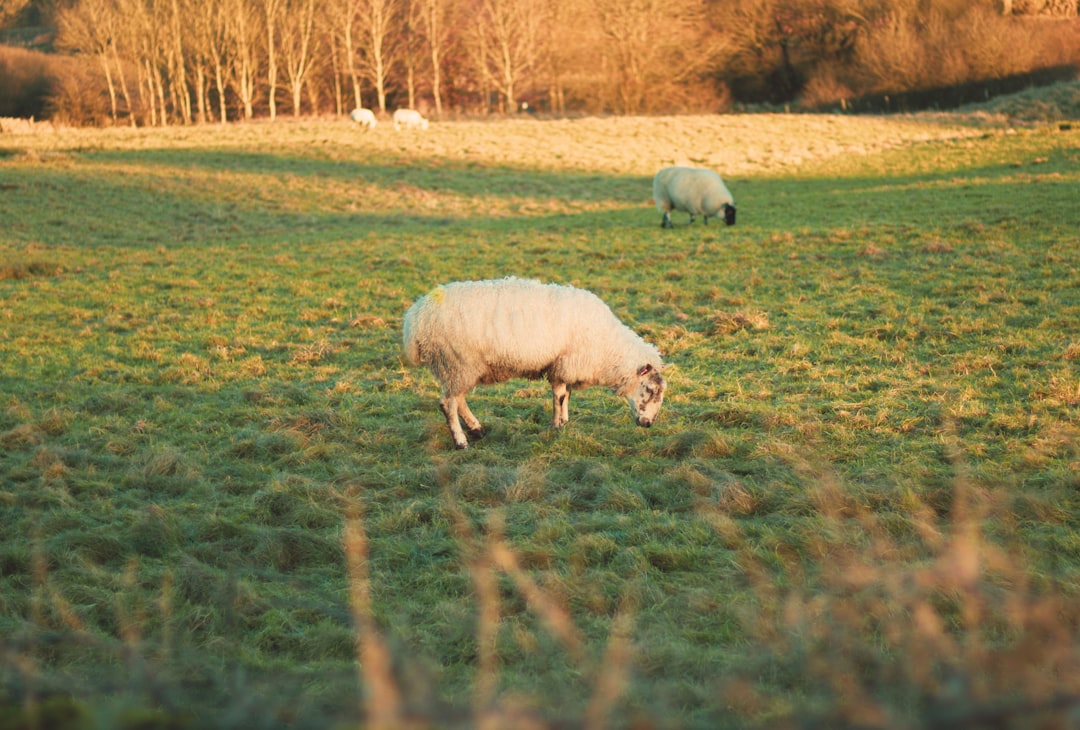Pasture-based livestock systems offer a sustainable approach to animal agriculture, leveraging natural ecosystems to promote biodiversity, improve soil health, and enhance animal welfare. Grazing management is crucial in these systems, as it must be tailored to diverse climates and landscapes worldwide. This post explores various grazing practices, highlighting their adaptability and benefits across different regions.
Rotational Grazing in Temperate Climates
Rotational grazing is a widely used method in temperate regions, such as the United States and Europe. This approach involves dividing pastures into smaller paddocks and moving livestock between them to allow for regrowth and prevent overgrazing. Rotational grazing enhances forage utilization efficiency, improves soil health, and supports biodiversity by maintaining pastures in a vegetative state throughout the growing season.
-
Benefits: Reduces soil erosion, increases nutrient cycling, and promotes more even distribution of manure, which acts as a natural fertilizer.
-
Challenges: Requires careful planning and management to ensure adequate rest periods for pastures and optimal animal performance.
Adaptive Grazing in Arid and Semi-Arid Regions
In regions like the American West or parts of Africa, adaptive grazing strategies are essential for managing the variability of climate conditions. This approach involves adjusting stocking rates and grazing timing based on weather forecasts and forage availability to avoid overgrazing and maintain rangeland health.
-
Benefits: Enhances climate resilience by allowing for flexible management decisions that match environmental conditions.
-
Challenges: Requires ongoing monitoring of weather patterns and forage production to make informed decisions.
Community-Based Grazing in Mediterranean Landscapes
Community-based grazing systems, such as those found in the Maghreb region, involve collective management of pastures with specific regulations on access rights. These systems help maintain biodiversity, support local livelihoods, and ensure sustainable use of natural resources.
-
Benefits: Preserves cultural practices, promotes ecological balance, and supports local economies.
-
Challenges: Requires coordination among community members and adherence to shared management practices.
Grazing in Tropical Climates
In tropical regions, grazing management often focuses on maintaining diverse pastures that can withstand high temperatures and rainfall variability. Practices like multi-species grazing can increase carrying capacity and improve land use efficiency.
-
Benefits: Enhances ecosystem resilience, supports biodiversity, and can improve soil carbon sequestration.
-
Challenges: Requires careful selection of plant species and animal breeds adapted to local conditions.
Conclusion
Pasture-based livestock systems offer a versatile and sustainable approach to animal agriculture, adaptable to diverse climates and landscapes. By optimizing grazing management practices, farmers can enhance environmental sustainability, improve animal welfare, and maintain productive agricultural systems. As global food demands continue to grow, these practices will be crucial for ensuring resilient and sustainable food production.
Future Directions
Looking ahead, innovations in grazing management will likely focus on integrating technology, such as satellite monitoring and AI, to enhance decision-making and efficiency. Additionally, global collaboration and knowledge sharing will be essential for developing best practices that respect local ecosystems and cultural traditions. By embracing these strategies, the livestock industry can contribute to a more sustainable future while meeting global food needs.
Citations:
- https://tra.extension.colostate.edu/wp-content/uploads/sites/42/2020/07/Pasture_Range_Grazing_Management.pdf
- https://agsci.colostate.edu/waterquality/wp-content/uploads/sites/118/2023/06/CSU-Drought-Guide-r4_Final.pdf
- https://www.iucn.org/sites/default/files/2023-05/practice_i.community-grazing_final.pdf
- https://www.aces.edu/blog/topics/farming/grazing-management-concepts-and-strategies/
- https://www.mdpi.com/2073-445X/12/7/1290
- https://www.nature.com/articles/s41597-022-01326-1
- https://extension.umn.edu/pasture-based-dairy/grazing-and-pasture-management-cattle
- http://www.climatehubs.usda.gov/hubs/northwest/topic/adaptive-grazing-management-resilient-northwest-rangelands

Comments
No comments yet. Be the first to comment!
You must be logged in to comment. Login